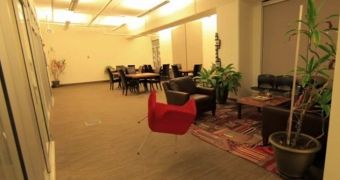You may be aware of all the 3D printing services that promise you they can make a 3D model of anything as long as you provide a picture or two. Well, the ones who make those promises aren't lying. They really can do that, and now we get to see the next level.
You would think that the next level after “building a 3D model out of a picture” would be “faster way to build a 3D model out of a picture” or something like that.
That's not the case. No, the researchers from Carnegie Mellon and the University of California have come up with something far more advanced.
Truth be told, it's not really something that will be solely restricted to 3D printing. Indeed, I imagine that animation experts and filmmakers will gush at the chance to use the new software they've invented.
After all, there are many ways to use a software capable of manipulating 2D photos (normal photos) as if they are three dimensional renderings of the things on them.
Take a satellite picture of a crowded road, for example. The new software will allow you to drag cars around as if you were the god from the Black & White games.
Some really complicated algorithms had to be invented to make this happen, but that's the point: they made it happen, and they could change the way a lot of things are done.
2D renders and schematics of things, on-site photographs of buildings, they all could be manipulated as if they were three-dimensional matrixes.
One can only wonder what this will enable once some sort of actual holographic technology gets created. Everything Tony Stark could do in Iron Man, we'll be able to do too. Or, well, people / companies rich enough to set up rooms with those projectors all over the place.
For the 3D printing field, the new software will allow you to go into a 3D photo and pull out any object there, turning it into a 3D model ready to be printed. Obviously, you will be able to manipulate and move around the object once the virtual transformation / transfer has been done.
The technique does rely on a library of stock photos though, against which the objects in 2D pictures are compared, in order for the computer to properly “guess” what you're trying to take out of the still shot. Just don't go out of your way to look for grainy or blurry shots unless you want to get frustrated fast.

 14 DAY TRIAL //
14 DAY TRIAL // 